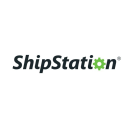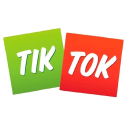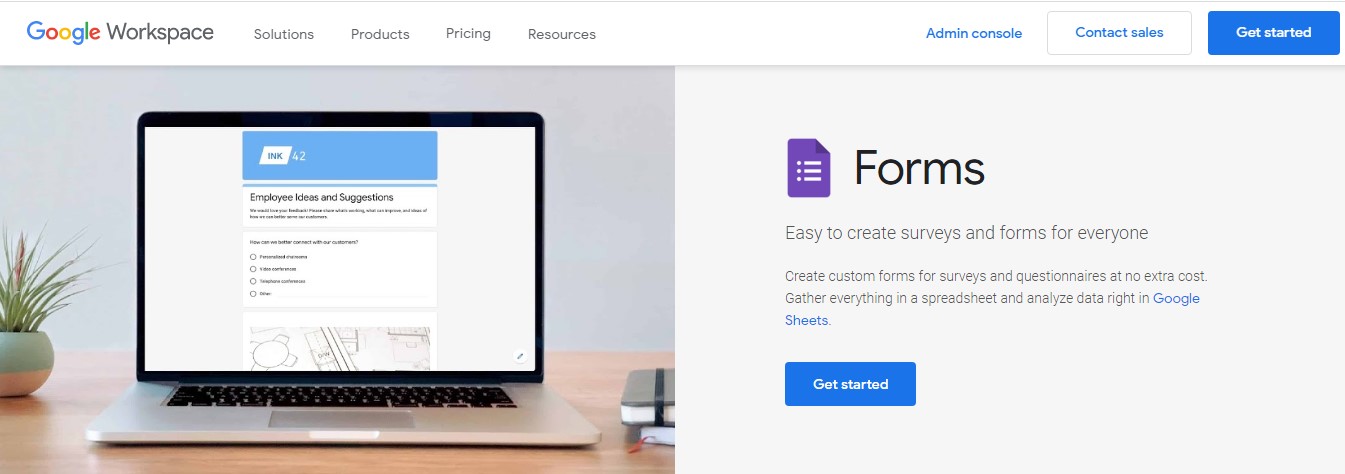How We Bootstrapped A $720K/Year Sock And Apparel Company That Supports The Homeless Community
Hello! Who are you and what business did you start?
Hippy Feet is a Minneapolis-based sock and apparel company dedicated to supporting the homeless community. Each product sold allows Hippy Feet to provide transitional employment to young people ages 16-24 who are experiencing homelessness.
Hippy Feet creates jobs for homeless youth via their packaging, pick & pack order fulfillment, product assembly, screenprinting, and embroidery operations. Hippy Feet’s current employment program is a 6-month job readiness program hosted at its Minneapolis office. Participants of the program are offered employment for an average of 15-20 hours per week during Q1-Q3 and up to 30 hours per week during Q4.
By strategically partnering with local non-profits, Hippy Feet can identify its workers and ensure that their employment efforts are happening in a safe, convenient, and familiar environment that overlooks the traditional barriers that limit homeless youth from finding consistent forms of employment. Hippy Feet’s goal isn’t to be a forever employer for young people affected by homelessness. Instead, they aim to provide income, opportunity, job training, and giving in a way that...

Download the report and join our email newsletter packed with business ideas and money-making opportunities, backed by real-life case studies.

Download the report and join our email newsletter packed with business ideas and money-making opportunities, backed by real-life case studies.

Download the report and join our email newsletter packed with business ideas and money-making opportunities, backed by real-life case studies.

Download the report and join our email newsletter packed with business ideas and money-making opportunities, backed by real-life case studies.

Download the report and join our email newsletter packed with business ideas and money-making opportunities, backed by real-life case studies.

Download the report and join our email newsletter packed with business ideas and money-making opportunities, backed by real-life case studies.

Download the report and join our email newsletter packed with business ideas and money-making opportunities, backed by real-life case studies.

Download the report and join our email newsletter packed with business ideas and money-making opportunities, backed by real-life case studies.























